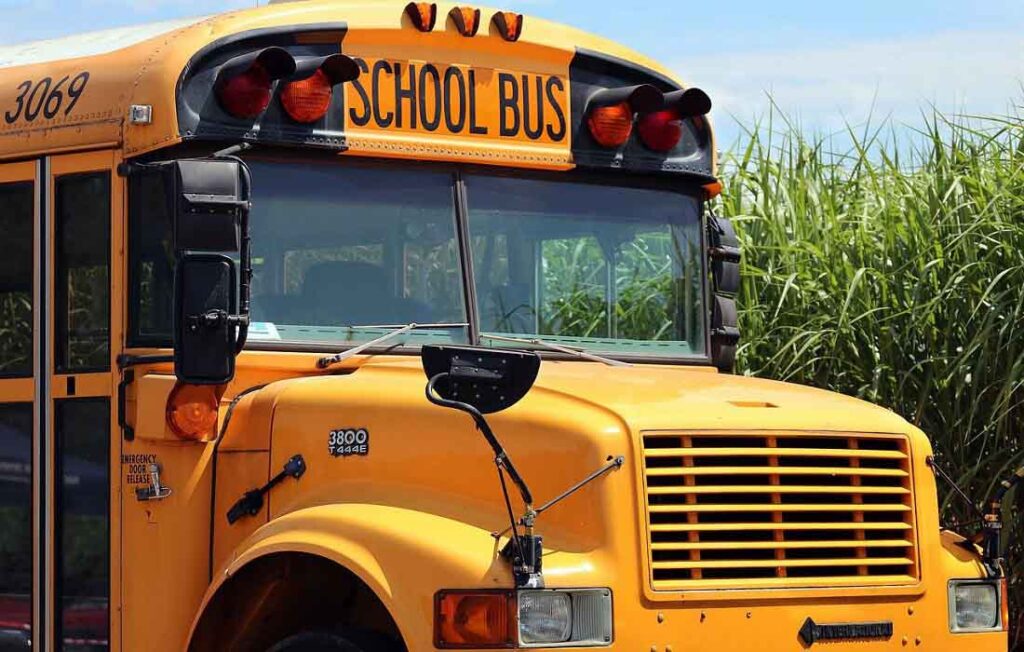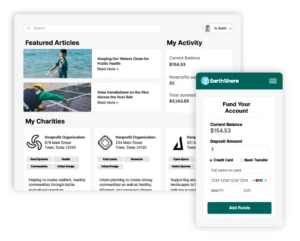Establishing good, healthy habits is incredibly important, especially when young. More than ever before, parents and educators are working to make kids aware of the importance of caring for our planet and for themselves. As kids return to classes in the fall, here are some simple tips to encourage healthy habits and sustainable schools!
1. Safe (and Sustainable) Routes to School
Instead of driving alone, start a carpool, bike train, or group walk, and take turns with other parents in the neighborhood to drop-off and pick up the kids. You’ll each save time, energy, and fuel.
2. Take a Stand for Healthy Lunches
Encourage schools to offer healthier choices in the cafeteria; specifically, reliably sourced fresh fruit and vegetable options. (Visit the Farm to School Network for helpful resources.) For packed lunches, make sure to use reusable pails and utensils, and make food from local, organic sources.
3. Recycle
Ask administrators whether recycling bins and recycled materials are available and accessible, and if the kids are encouraged to use them. If this service is not available, you have the option to attend your district’s public school board meetings and request the implementation of a recycling program. Then, make sure your child knows what can and can’t be recycled.
4. Buy Smart
Buy school supplies with less packaging and seek those made with recycled and sustainably harvested materials. Invest in sturdier products for years of use and reuse. You can also make environmentally-friendly choices when buying back-to-school clothes. While fast-fashion may be tempting—especially for kids who are constantly growing—it’s much better to invest in pieces that can be passed down and don’t offer such extreme environmental harm.
5. Advocate for Better Buildings
Many school buildings today are inefficient and have poor indoor air quality, which can negatively impact the learning experience. Check out the Center for Green Schools for ways to make big changes.
6. Spend Regular Time in Nature
Studies show that children who spend more time outside are less likely to suffer from obesity, attention deficit disorder (ADD), and depression. Encourage kids to go outside for an hour or two after school each day and on the weekends. You may also consider implementing nature games or programming at home.
7. Join the Movement
Since 2012, Green Apple Day has mobilized more than 1 million volunteers in 80 countries around the world to transform schools into healthy, safe, and productive learning environments. Learn how you can get involved in bringing earth-positive programs like Green Apple Day to your child’s school.
8. Spread the Word
Encourage your children to share their environmental consciousnesses with their friends. EarthShare Nonprofit Partners like the National Wildlife Federation and Alliance for Climate Education are active in schools across the country and have lots of great ideas to make schools happier, healthier places for students and for the planet.
Other Ways to Educate and Give Through EarthShare
In order to teach children how to make good, healthy decisions, we need to teach them about the natural world around them. So, whether you’re a parent, a teacher, or a school administrator, providing hands-on learning that is safe and eco-friendly is essential. Check out the EarthShare Giving and Engagement Platform for more details about current environmental efforts, volunteer opportunities, places to donate, and so much more.






